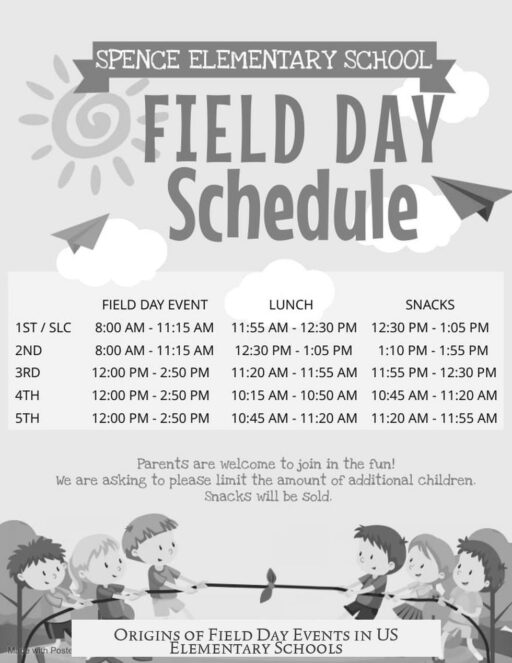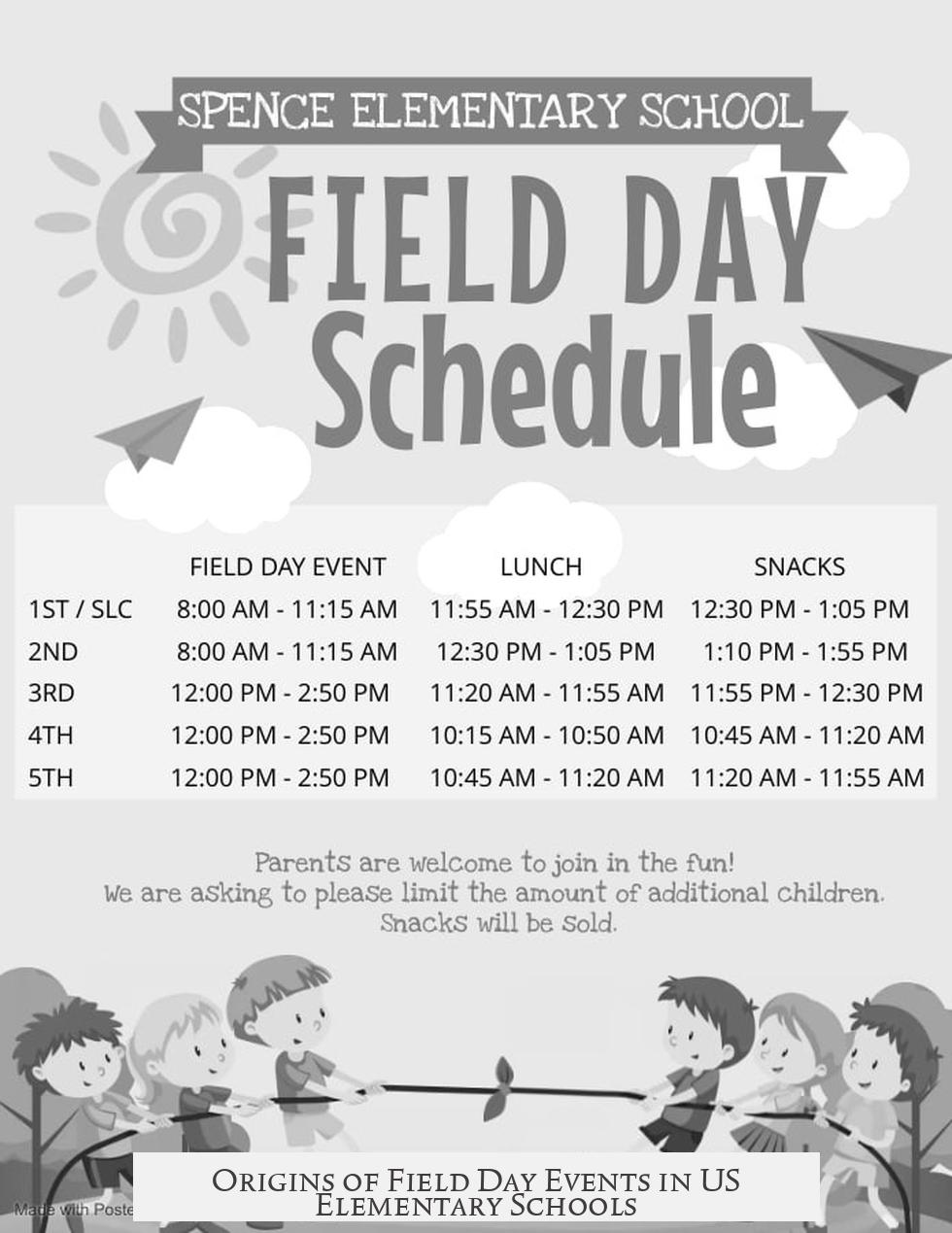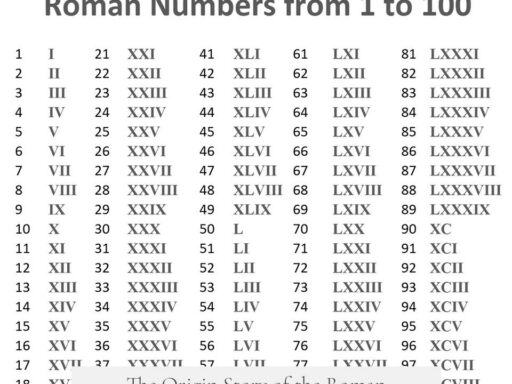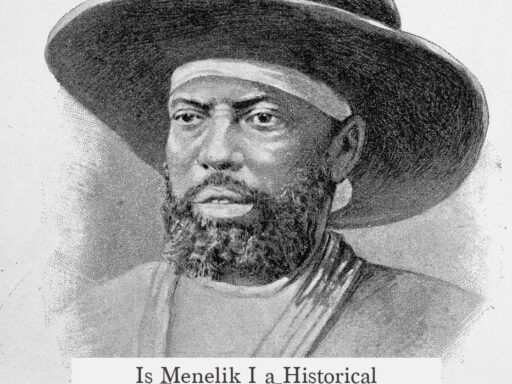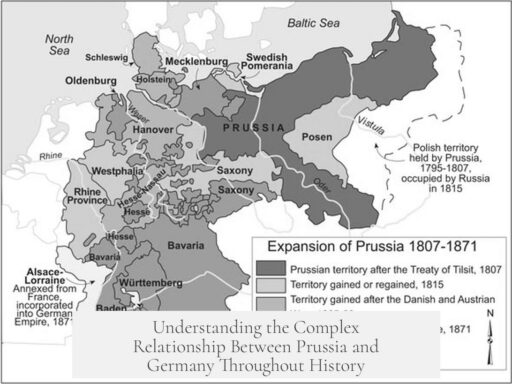The origins of “field day” in US elementary schools trace back to the early days of the common school era. These events grew from public displays and exhibitions where children demonstrated what they learned before their communities. Over time, such gatherings evolved into days focused on outdoor, playful activities supported by teachers and families.
In the 19th century, public education, often called common schools, aimed to serve community needs. Advocates emphasized that communities benefited when schools thrived. As a result, schools hosted celebration days where children publicly recited memorized texts and performed creative work. These public exhibitions helped parents and neighbors see the children’s progress firsthand.
The focus on public shows turned schools into community hubs. Towns took pride in their educational institutions, and events like graduations and recitations attracted large audiences. The increasing involvement of women in teaching further enhanced this community connection, with schools seen as places for cultivating public good.
Schools often doubled as community spaces. This setup encouraged using school grounds for gatherings and celebrations. The idea of a “field day,” where children engage in fun, physical activities under adult supervision, emerged naturally from this tradition of school-community events.
| Key Milestones |
|---|
| Early public exhibitions showcasing academic progress |
| Community pride fueling school celebrations and gatherings |
| Schools serving as meeting places for locals |
| Field days established and common by 1891 |
The exact first field day is unknown, but by 1891, these events were widespread. President Harrison’s establishment of Columbus Day coincided with school celebrations patterned after field days. Similar community-focused school events like homecomings and concerts also sprang from this tradition.
- Field days developed from early school public exhibitions.
- They reflect community involvement in education since the common school era.
- They became popular by the late 19th century, linked to community pride.
- Schools acted as both educational and social centers for towns.
- Field days are part of broader efforts to engage families and communities.
What are the Origins of “Field Day” in US Elementary Schools?
Field day in US elementary schools is a tradition born from the earliest days of American public education, designed as a joyful celebration where children engage in fun activities, backed by teachers and community support. But how did a day filled with relay races, tug-of-war, and silly games come to be such a staple in school calendars? Let’s dive into the fascinating history and see how this beloved tradition took root.
Imagine yourself in a 19th-century rural American schoolhouse—that’s where the story begins. During the common school era, schools were simple, often single-room buildings serving as community hubs. Education advocates pushed for common schools because they believed schooling benefited whole communities, not just individual students.
Back then, kids didn’t just sit quietly; they performed “recitations.” This meant memorizing passages and presenting them publicly. It may sound like a quake-inducing nightmare for some modern students, but these public exhibitions were a proud moment, showcasing what children had learned. Families and neighbors flocked to see these events, sharing in a sense of community pride.
In a way, these early public displays were the grandparents of today’s field day. They served dual purposes: to assess children’s learning, mostly through memorization, and to strengthen bonds between schools and communities. The warm glow of pride that parents felt as their children recited passages set the foundation for bigger public celebrations associated with schools.
As the 19th century progressed, something noteworthy happened. Teaching became a profession dominated by women—a process called the “feminization of teaching.” This shift coincided with schools becoming even more deeply embedded in the public sphere. Education was no longer just a private affair; it was seen as essential to the public good. Towns began to celebrate schooling itself, not just learning outcomes.
High school graduations, no matter how small, drew crowds of townsfolk and were marked by large festivities. Community members gathered not just to witness academic achievements but to revel in the collective progress of their youth. In these celebrations, children would recite American texts with gusto, rallying the town around a shared American identity.
Schools didn’t grow in isolation. Architects began designing school buildings as visually appealing landmarks—a far cry from the austere one-room schoolhouses. The school grounds evolved too, expanding into green spaces ideal for gatherings and outdoor events. This evolution laid the perfect groundwork for what we now call field day.
The logic was simple: if the community could take pride in its schools, then these institutions should serve as communal spaces where everyone gathered, celebrated, and bonded. Schools became the heart of community life, hosting events designed to bring everyone together. It’s a clever design indeed: education fueling social connection, right outside the classroom.
By around 1891, organized field days were common across the United States. Interestingly, this aligns with President Benjamin Harrison’s establishment of Columbus Day in the same year. The celebrations schools held for Columbus Day borrowed heavily from existing event structures like field day, reinforcing their popularity and formalizing their place in school traditions.
One may wonder, who exactly organized the very first field day? History keeps that mystery under wraps, but we know such events were widespread by the late 19th century. These weren’t just isolated instances but part of a broad movement where schools actively invited families and community members to participate in public festivities.
Field day is just one thread in a larger fabric of school-related community events. Homecomings, musical concerts, and other gatherings also emerge from this same spirit: pulling the community into the heartbeat of education. These celebrations foster local pride and make schooling a shared social project, not just an academic pursuit.
Now, what does all this teach us about the humble field day? First, it’s never been just about running and jumping. Field days symbolize a rich American tradition of education serving the community at large. They grew from early public exhibitions, became celebrations of communal identity, and developed alongside the changing role of schools in society.
In modern elementary schools, field day still carries that legacy. It’s a break from the routine that invites joy, friendly competition, and public celebration. Kids get to be athletes, entertainers, and community members all at once. Teachers, parents, and local folks join in, continuing a centuries-old tradition that binds everyone together outdoors.
| Key Moment | Significance |
|---|---|
| Common School Era (19th Century) | Early public exhibitions showcased children’s learning, fostering community pride. |
| Late 19th Century | Teaching became feminized; schools evolved as public goods celebrated by communities. |
| School Building Evolution | Aesthetic school design and open grounds promoted communal events outside class. |
| 1891: Field Days Widespread | Field days formalized and popularized, overlapping with celebrations like Columbus Day. |
So next time you see a bunch of kids covered in grass stains, competing for the title of relay champion, remember: you’re witnessing a tradition that dates back over 100 years. Field day is more than just fun and games—it’s a living connection to the earliest ideas about community, education, and celebration in America.
Do field days make the grade in today’s educational landscape? Absolutely—but not only because they break the monotony. They reconnect schools to their roots as community hubs, bringing together families, educators, and neighbors in a shared spirit of fun and pride. And isn’t that an origin story worth celebrating?
What is the origin of the term “field day” in US elementary schools?
“Field day” dates back to the earliest common school era. It stems from school events where kids showed off learning in front of the community. These events evolved into fun outdoor activities with teacher and family support.
How did community involvement influence the start of field days?
Communities valued public education and schools as a public good. Schools held public exhibitions allowing parents and neighbors to watch and celebrate children’s learning, building pride and support for schools.
What was the role of public exhibitions in early school traditions?
Public exhibitions let children recite memorized material. Parents and community members got to see what kids were learning. These events set the stage for outdoor celebrations like field days.
When did field days become common in schools?
Field days were widespread by 1891. This coincided with President Harrison’s Columbus Day celebration. Schools adapted the idea to create fun, community-supported events for children.
Did other school events develop alongside field days?
Yes, events like homecoming and concerts also grew from the idea of involving the community. These events, like field days, showed pride in schools and strengthened public connection to education.
